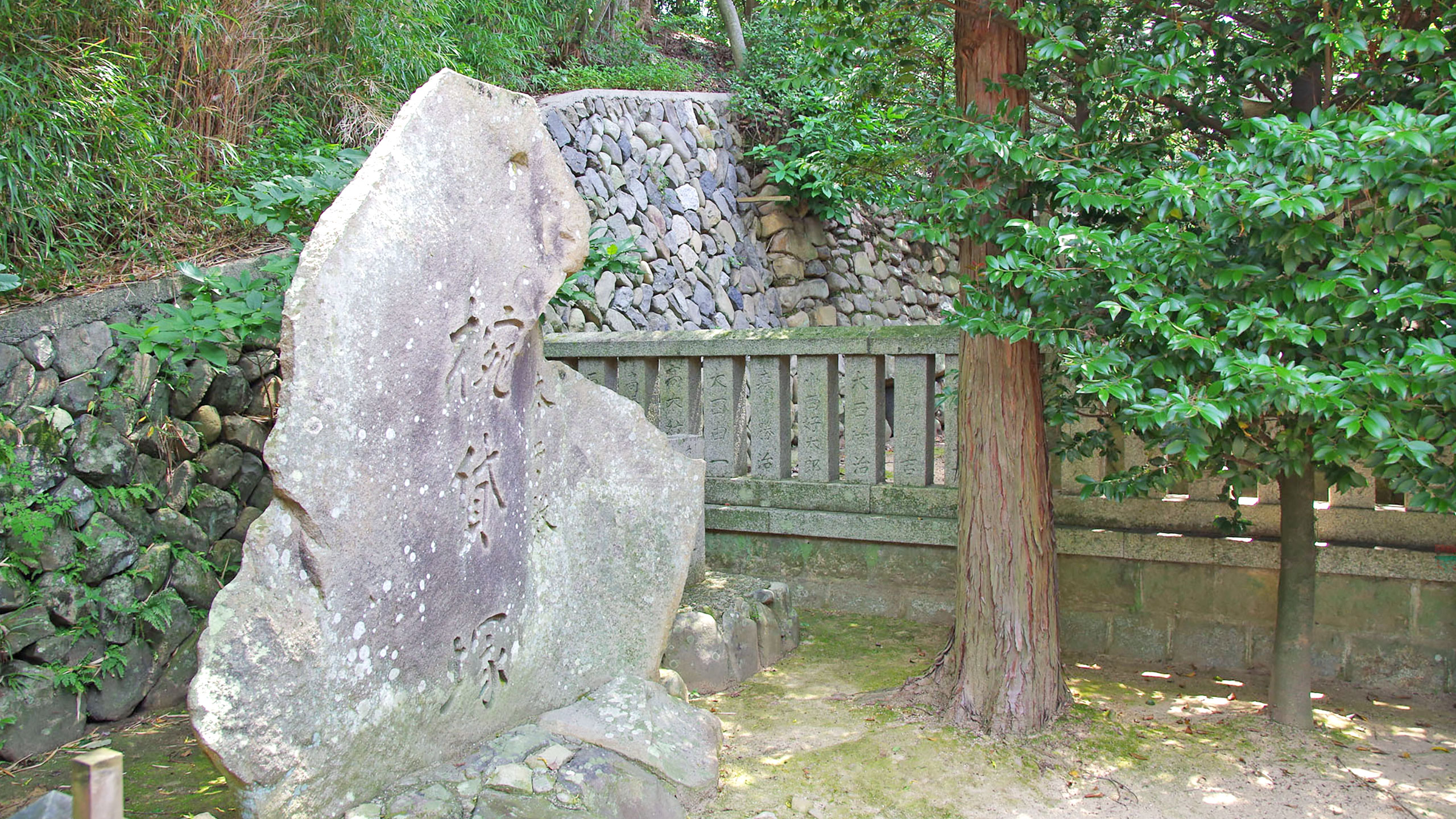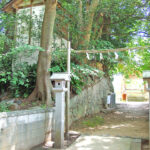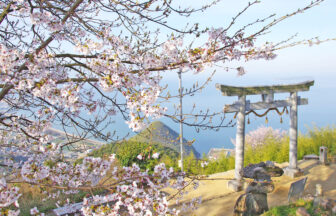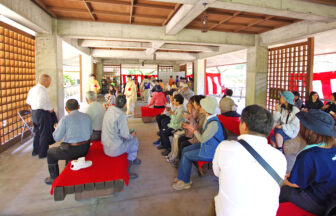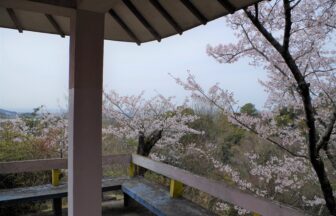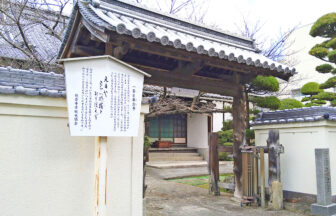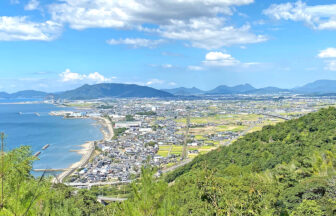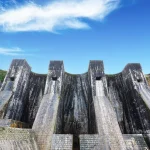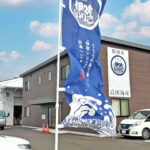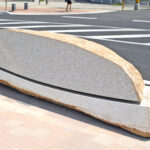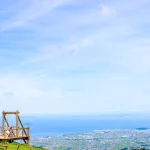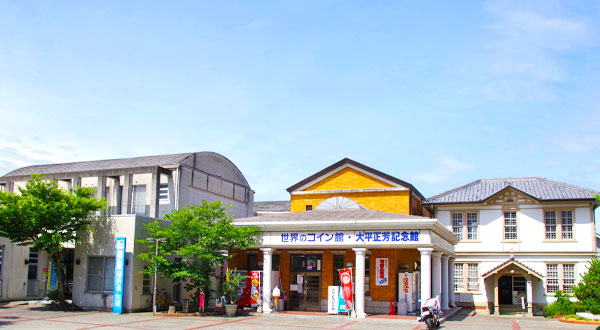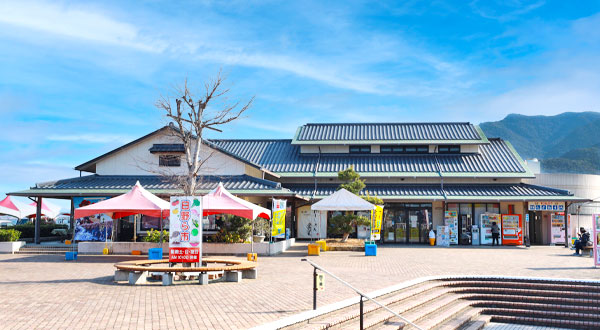The Wankashizuka burial mound is one of the Onohara burial mounds and is located in Onohara, Onohara-cho, Kannonji City. It is located in close proximity to the Iwakurazuka burial mound, behind the main shrine of the Onohara Hachiman Shrine.
The burial mound is surrounded by a double moat, and a low embankment (dike) has been placed between the moats. The burial facility in the main part is a double-sleeved, side-hole stone chamber with an opening to the southwest. It is a multi-chambered stone chamber consisting of a bas-relief chamber, an anterior chamber, and an envy passage, and the floor area of the bas-relief chamber is one of the largest in Japan in the 6th century. Excavated artifacts include Sue ware shards such as bowls, bowls, vases, and jars.
On October 7, 2015, it was designated as a National Historic Site as the Onohara Kofun Tumulus Group.
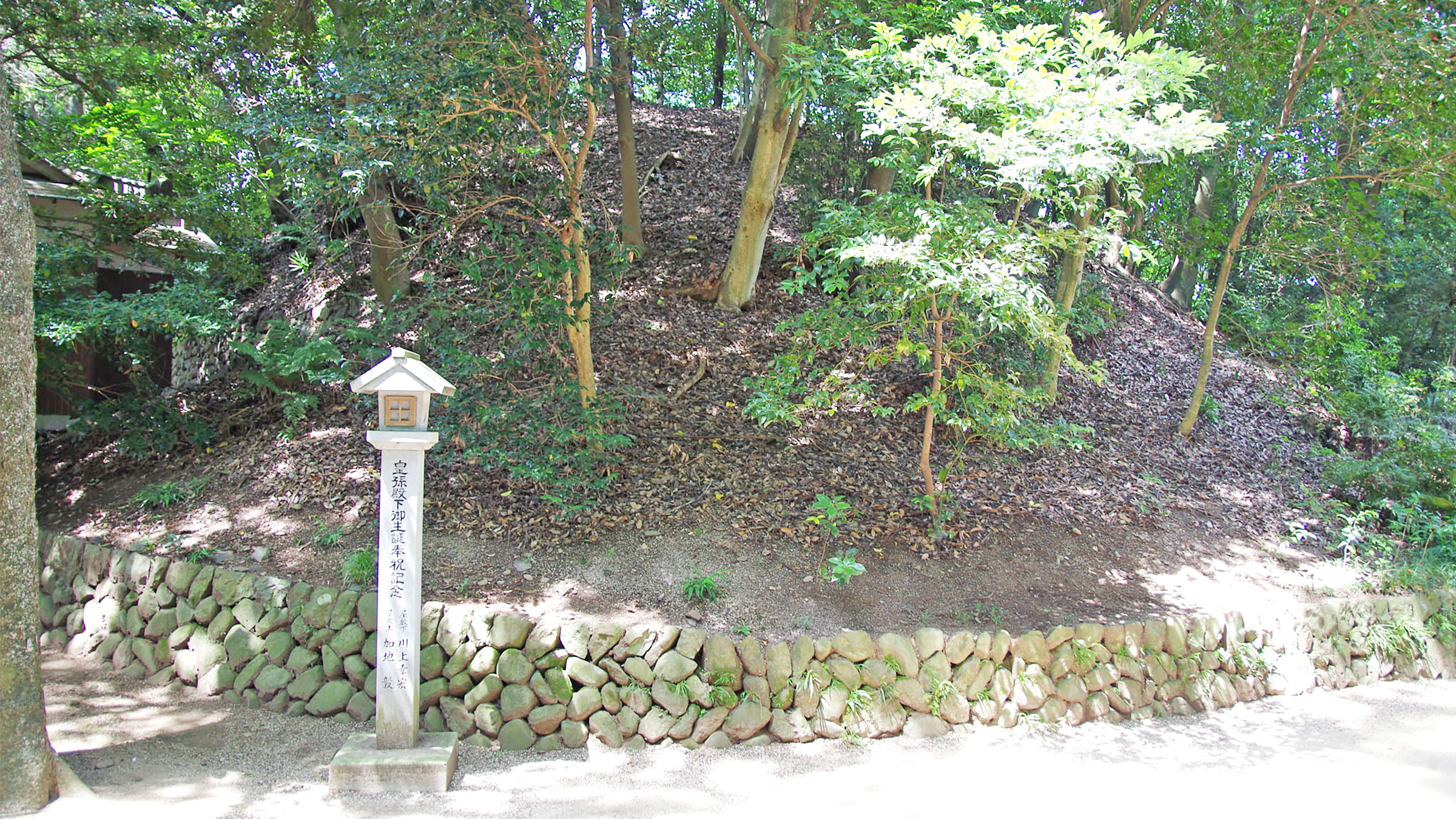
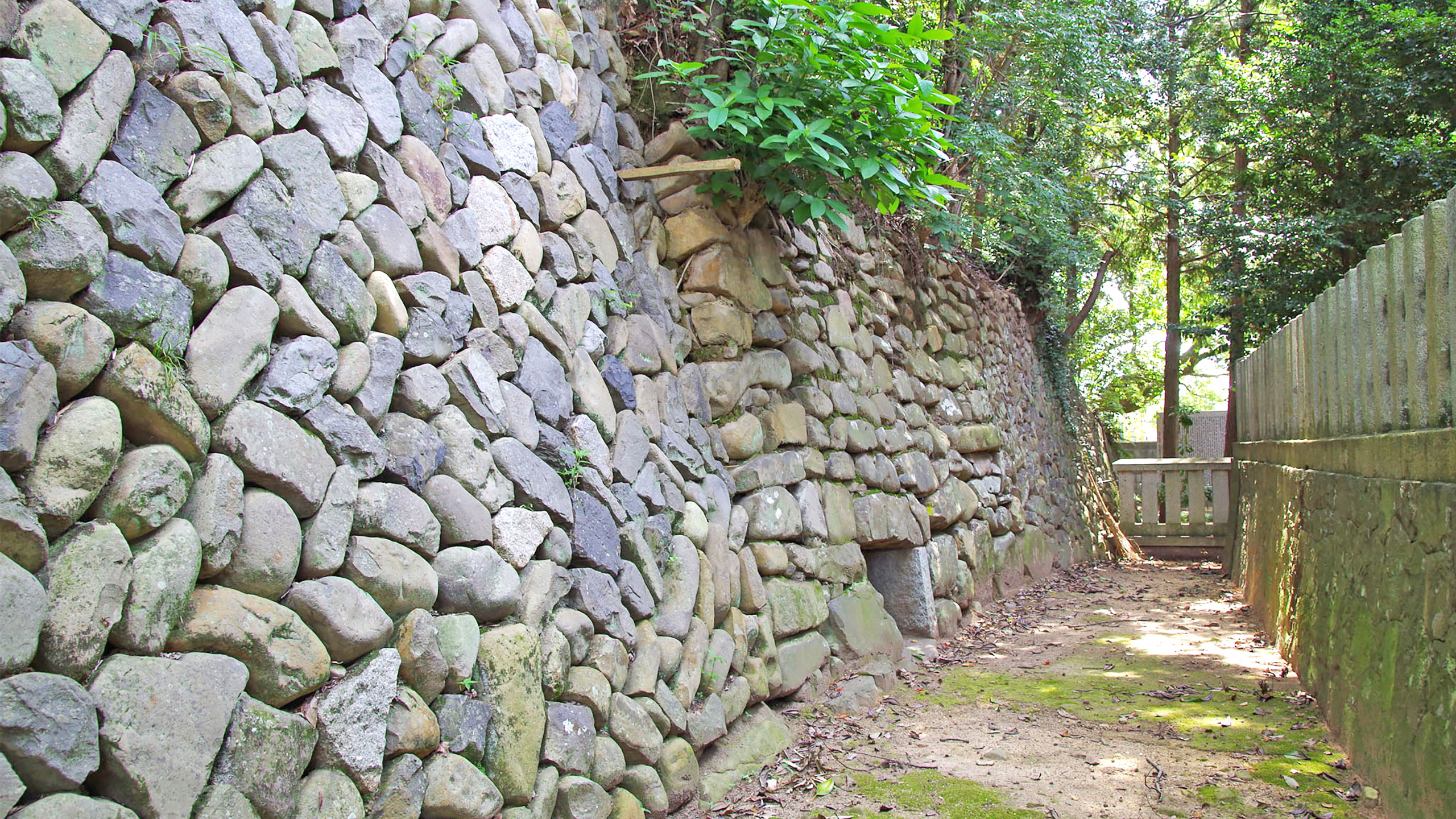

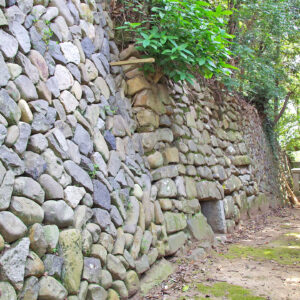
| address | 1913, Onohara-cho, Kanonji, Kagawa 769-1611 |
|---|---|
| map | |
| shape | round burial mound |
| scale | Diameter 37.2m |
| burial facility | double-sided cave stone chamber |
| Total length of stone chamber | 14.8m |
| back wall of the first room | stacking of four stacks |
| Construction period | Late 6th century |
| car | Approximately 4 minutes (1.5 km) by car from the Onohara IC on the Takamatsu Expressway |
| train | Approximately 5 minutes by cab from JR Toyohama Station (2.4 km) |
- Onohara Tumulus Group
- glossary
○Iwakurazuka burial mound
Location: On the grounds of Jiunji Temple
○ Hiratsuka burial mound
Location: West side of Onohara Central Park
○Kakuzuka burial mound
Location: West side of Onohara Central Park
This is a very rare group of burial mounds in Japan, with four burial mounds with horizontal stone chambers, the largest or the largest in Shikoku, located within a 700-meter diameter area.
Circular mound: Ancient burial mound with a circular mound
Square mound: An ancient burial mound with a square-shaped mound
Tomb mound: a mound of earth and pebbles built up to form a mound
Moat: A moat dug around a burial mound.
Enjido: a passageway leading to the outside of the tomb.
Stone chamber: A tomb chamber built of natural or processed stones.
Gen chamber: a room in which the remains were placed.
Sue ware: Ceramic earthenware produced in Japan between the Kofun and Heian periods.
Jiushi ware: unglazed earthenware used from the Kofun to Heian periods
Granite: relatively coarse-grained rock composed mainly of quartz and feldspar

